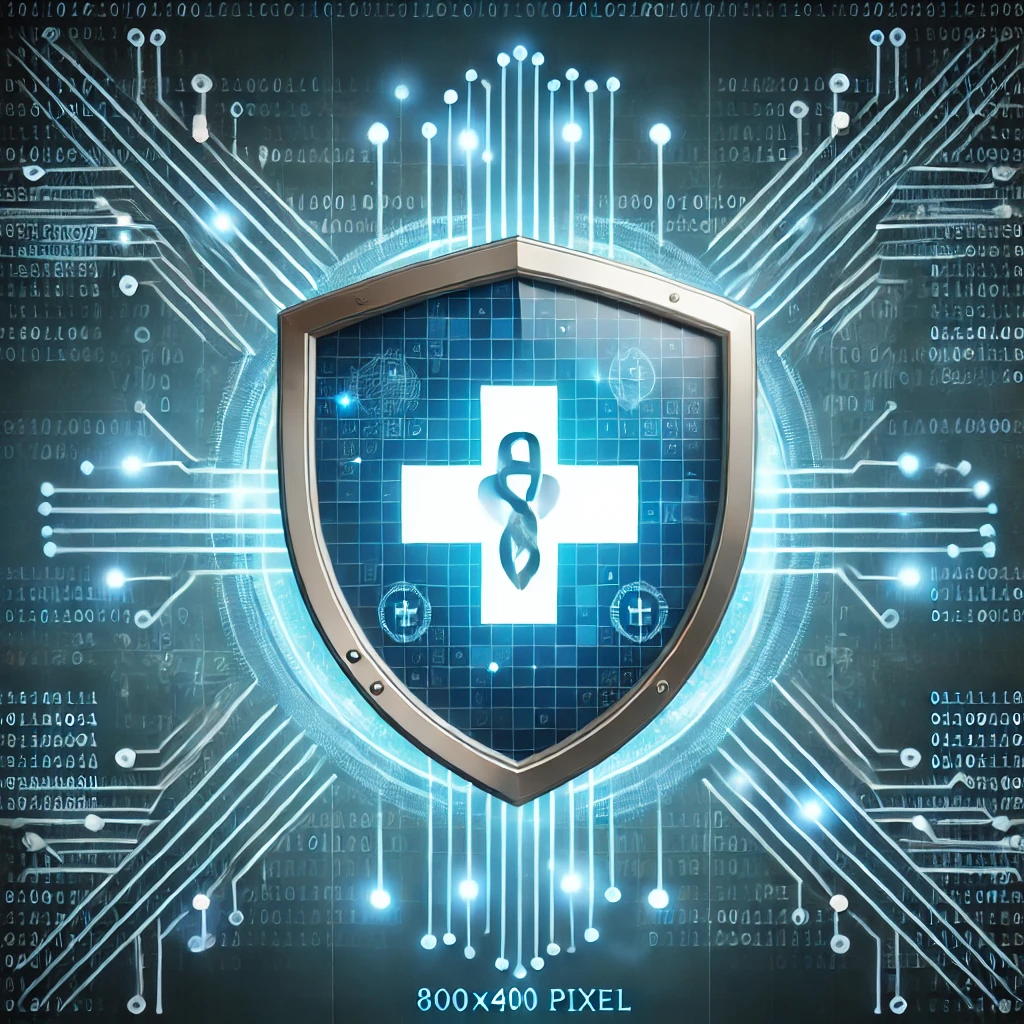New HIPAA Regulations Aim to Strengthen Healthcare Cybersecurity
In response to escalating cyber threats targeting the healthcare sector, the U.S. Department of Health and Human Services (HHS) has proposed significant updates to the Health Insurance Portability and Accountability Act (HIPAA). These proposed regulations are designed to enhance the security and privacy of patients' health information.
Key Proposed Changes
- 72-Hour Data Restoration Requirement: Healthcare organizations would be mandated to restore data within 72 hours following a cyber incident, ensuring minimal disruption to patient care.
- Mandatory Data Encryption: All patient data, both at rest and in transit, must be encrypted to prevent unauthorized access, even if data is intercepted or improperly accessed.
- Annual Compliance Audits: Organizations would be required to undergo yearly audits to assess adherence to HIPAA's security and privacy standards, promoting continuous improvement in safeguarding health information.
- Implementation of Multifactor Authentication (MFA): To bolster access controls, the use of MFA would become compulsory, reducing the risk of unauthorized access to sensitive health data.
- Network Segmentation: Organizations would need to segment their networks to contain potential breaches and prevent lateral movement by attackers within their systems.
Implications for Healthcare Providers
The proposed regulations signify a substantial shift in the cybersecurity landscape for healthcare providers. Compliance will necessitate significant investments in technology, staff training, and process enhancements. While the initial implementation costs are estimated at $9 billion in the first year and $6 billion annually thereafter, the long-term benefits of enhanced security and patient trust are anticipated to outweigh these expenditures.
Timeline and Next Steps
The Notice of Proposed Rulemaking is expected to be published in the Federal Register on January 6, 2025, initiating a 60-day public comment period. Healthcare organizations, professionals, and other stakeholders are encouraged to review the proposed changes and provide feedback. Following the comment period, HHS will consider the input received before issuing a final rule.
Conclusion
As cyber threats continue to evolve, the proposed HIPAA updates represent a proactive effort by the HHS to fortify the healthcare sector's defenses against data breaches and cyberattacks. Healthcare organizations should begin preparing for these changes by assessing their current cybersecurity measures and planning for the necessary upgrades to meet the forthcoming requirements.
Sources
- Biden administration proposes new cybersecurity rules to limit impact of healthcare data leaks
- The US proposes rules to make healthcare data more secure
- Healthcare Providers Face Stiffer Cyber Rules Even as They Cry for Help
- New HIPAA Rules Mandate 72-Hour Data Restoration and Annual Compliance Audits
- Proposed HIPAA rule aims to bolster cybersecurity in US healthcare system
